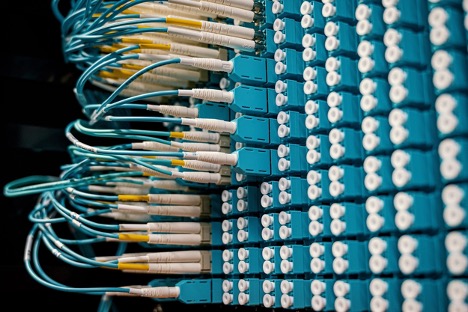Suppose you’re moving your IT setup to a colocation provider for the first time, or you decided to switch to a new colocation provider. In that case, the one question on your mind must be, how can they keep my operations running 24/7 with no hiccups in the way?
While that’s a critical question, most colocation providers would likely direct you to an already prepared portfolio for answers.
If you intend to dig a little deeper, a visit to the facilities of a prospective colocation provider will give you access to layouts of their staffing, security, and other operations.
Usually, most colocation facilities are always prepped for such visits, but here’s one question that constantly rattles the superficial presentations and helps you decide if your next provider is the right one.
What’s your data center redundancy configuration?
Many colocation providers often overlook redundancy setups because it’s quite expensive to duplicate a functional system. Still, it’s an integral part of the business, and no one should neglect it.
A good data center should have a redundant setup for all units, especially the power unit. Let’s take a look at the answers you should expect.

Multiple power paths
Highly redundant data centers operate multiple power paths. From the utility, there should be more than one independent power path connected to every rack. Why?
Well, think of it as a backup system, and in case of a problem, a faulty pathway can easily be detected and isolated without risking further disruptions.

Subsystem setup
The subsystem of a data center refers to the system that kicks in when the central system fails. It’s usually considered as part of the main system, but it’s also independent. An example of a typical subsystem is the Uninterruptible Power Supply (UPS) and Generators.
A redundant data center wouldn’t run its power subsystem through a parallel configuration. In other words, the UPS and generators would have independent connections too. Why? Disruptions in massive power surges can compromise the parallel structure, affecting both the central system and subsystem.

Online UPS systems
Uninterruptible Power Supply (UPS) is fantastic, but it’s only effective when used correctly. Redundant data centers wouldn’t run just any UPS; they use the online UPS.
Online, in this sense, means the UPS continuously powers the computers protected by or connected to it. That is, the UPS is the only direct source of power to these computers. It is vital as it helps with conditioning and stability in case of power failure.
An offline UPS system is the direct opposite and probably the most commonly operated UPS system. It’s less efficient and quite vulnerable to complications.
If you like what you’ve read and want to find a colocation provider with all of these attributes, Coloco should be your next stop. Click here to talk with our experts.

